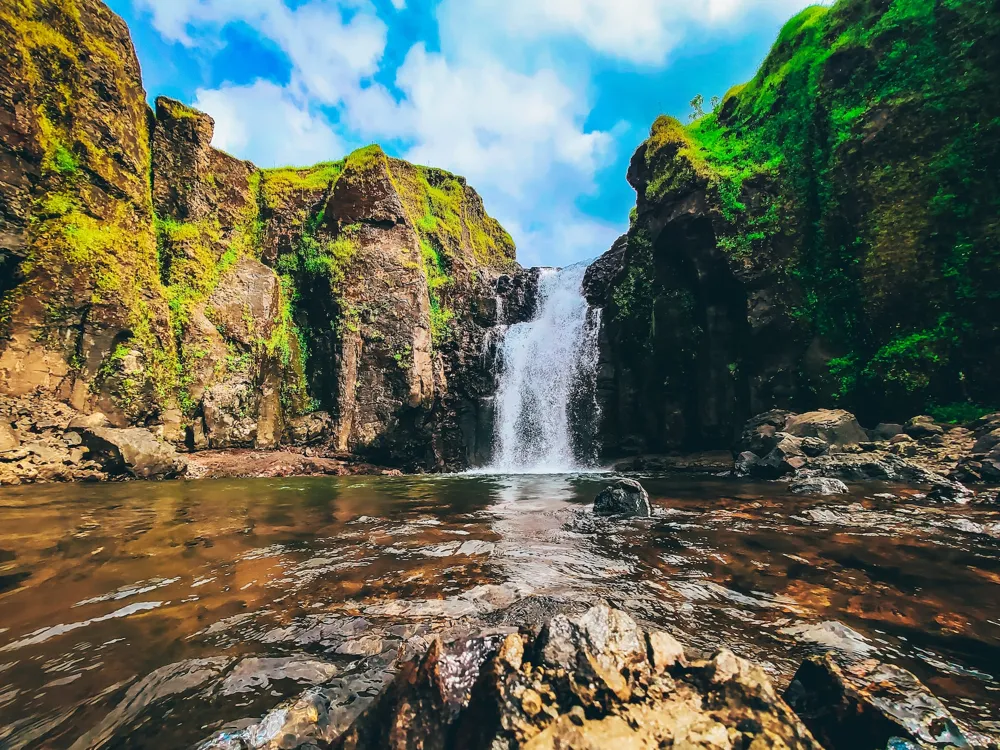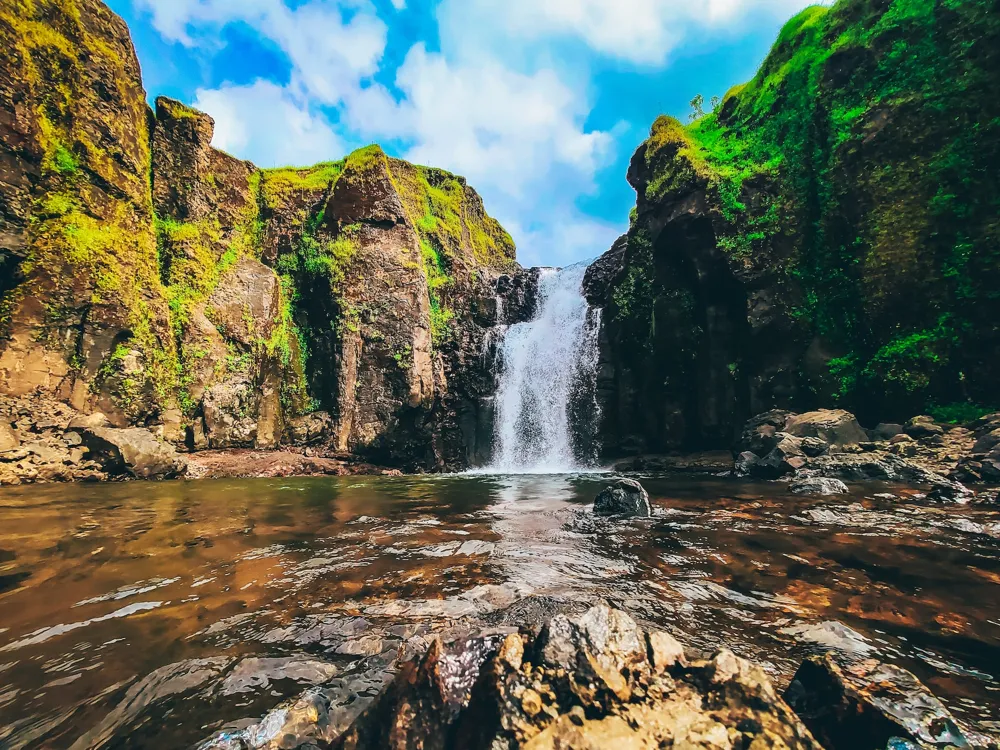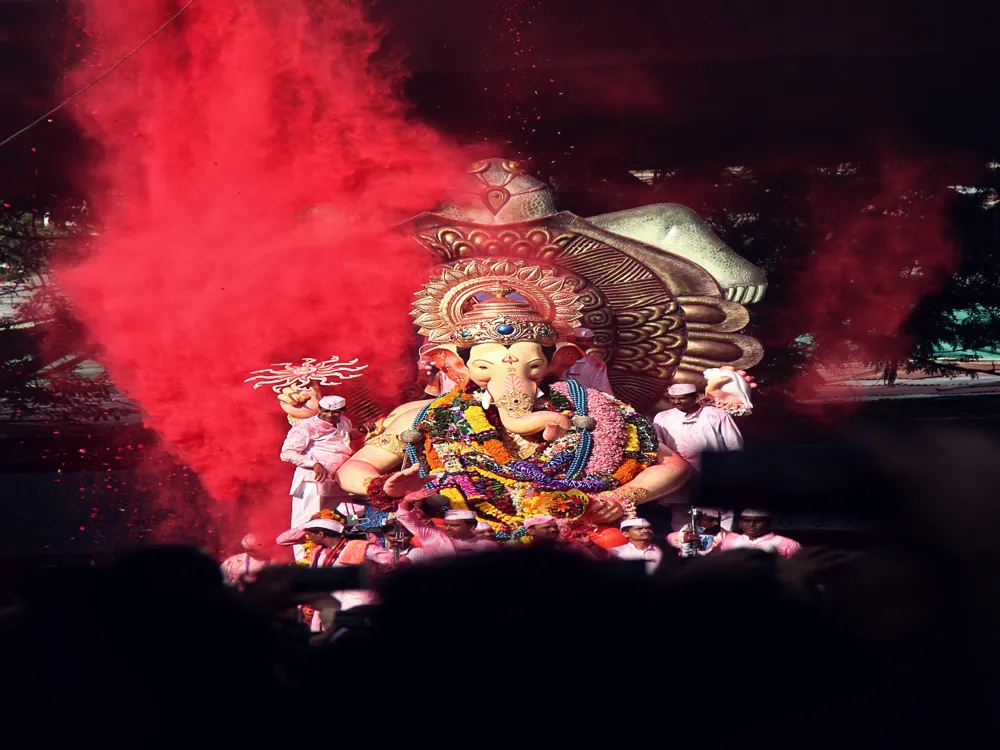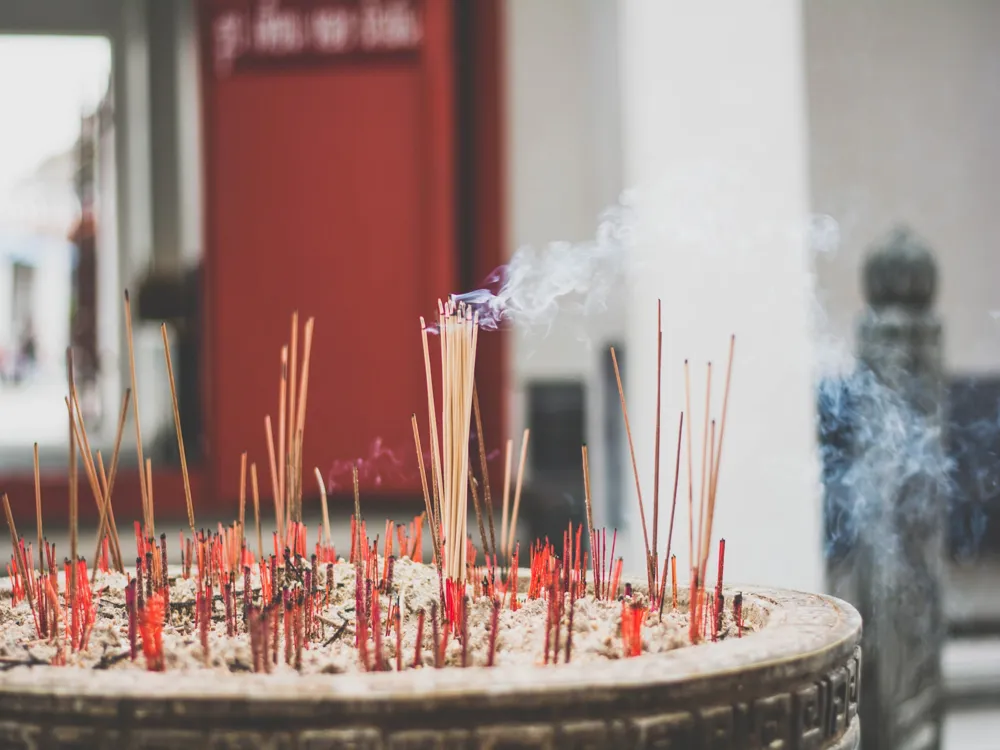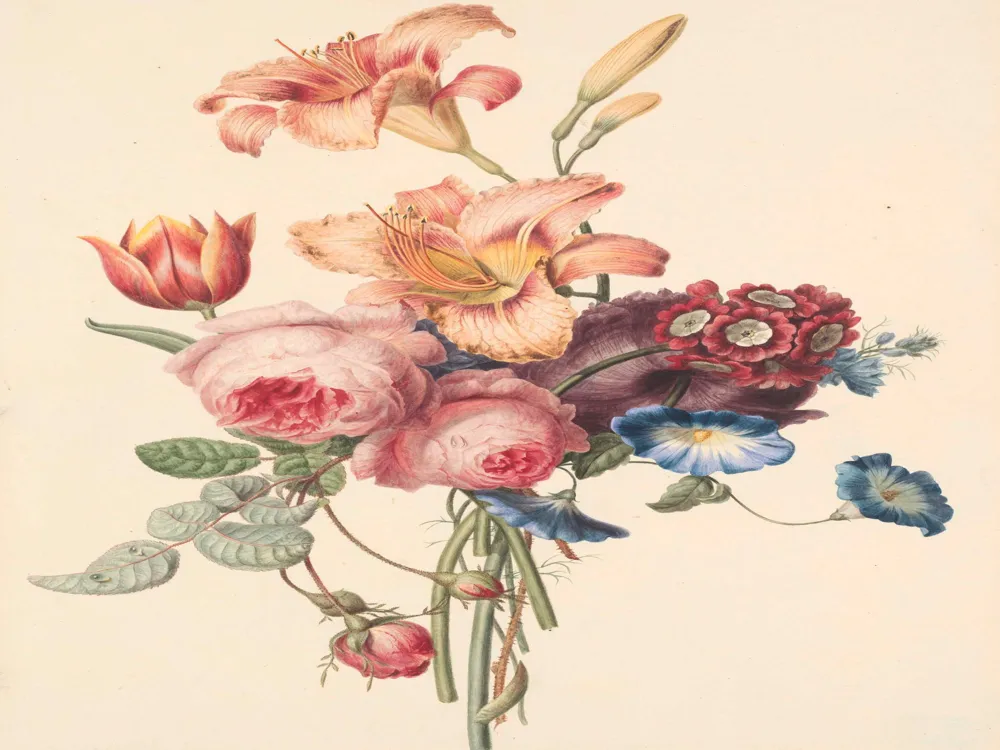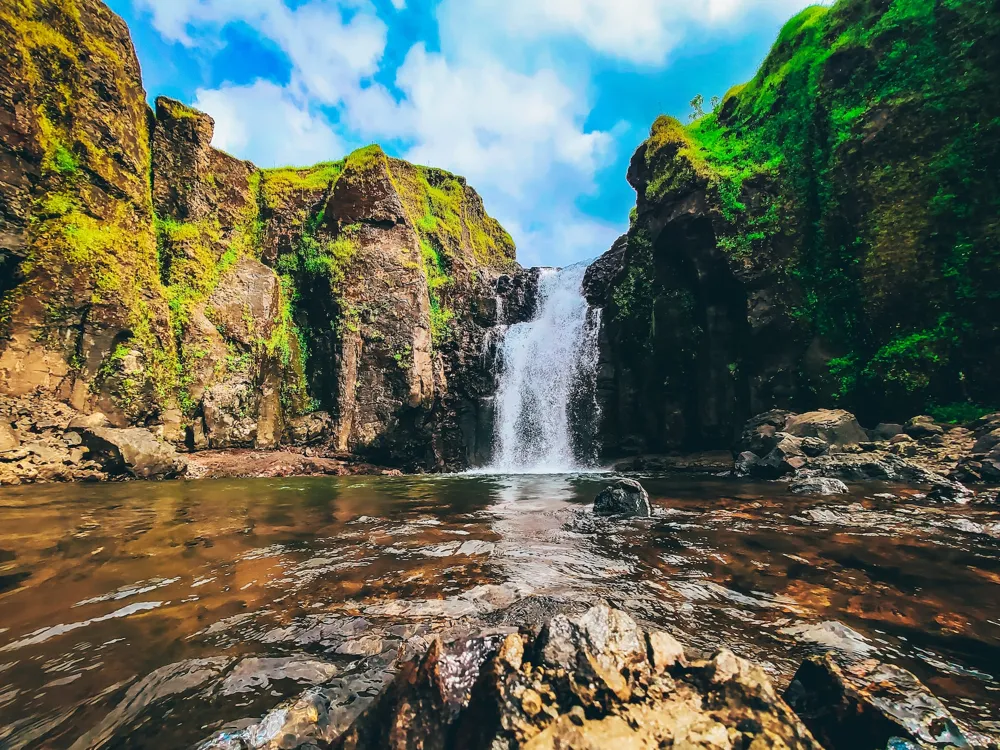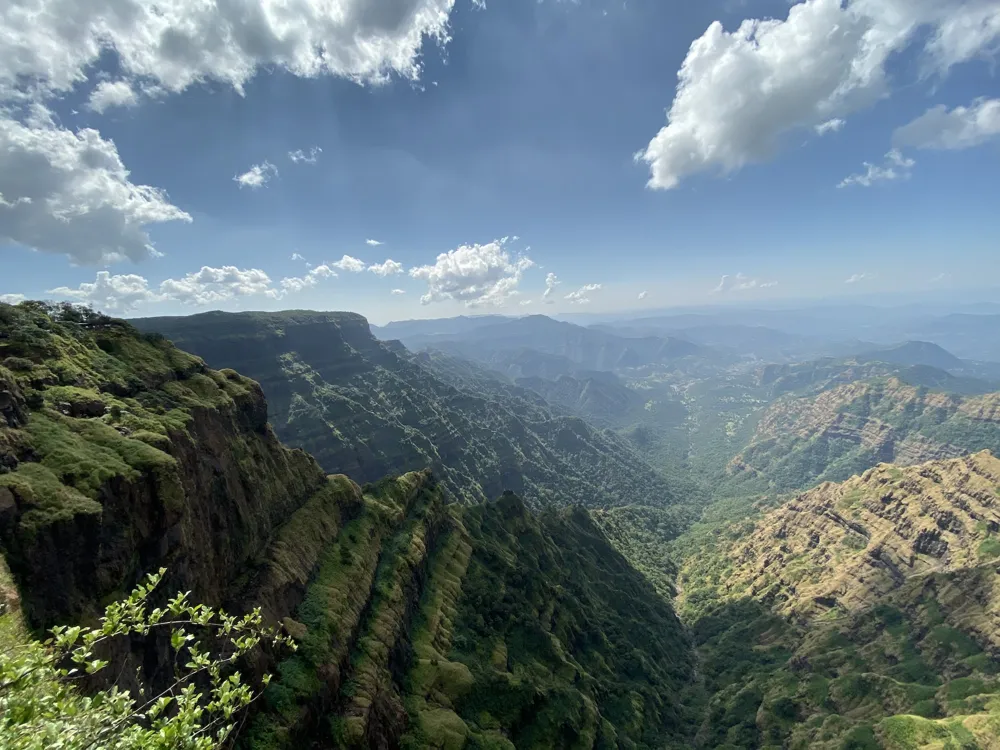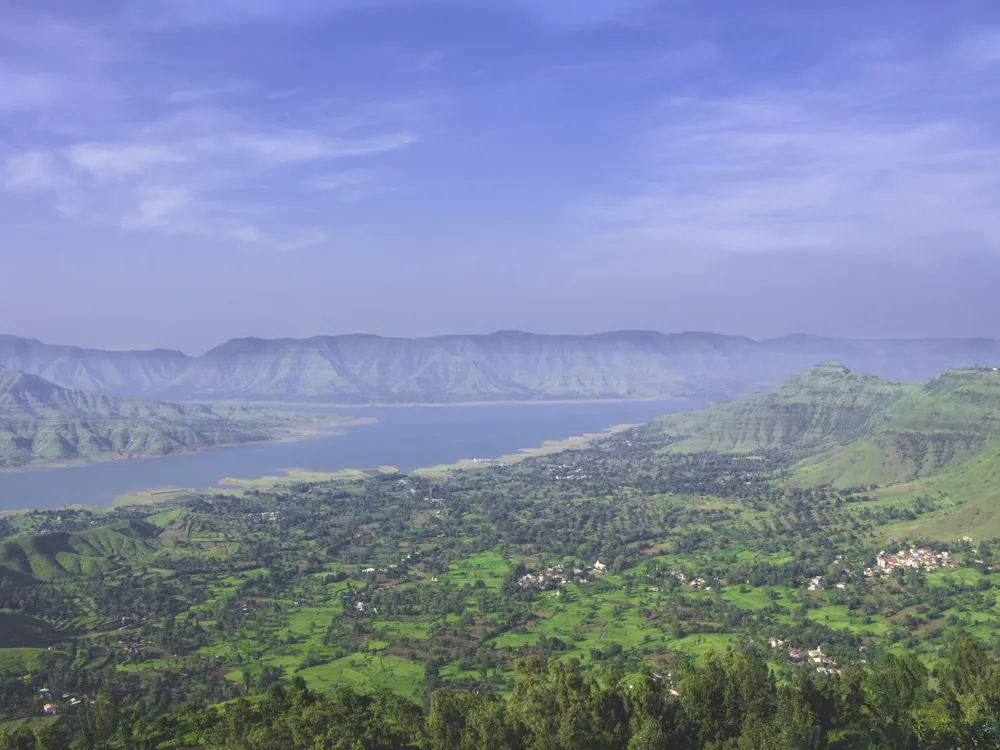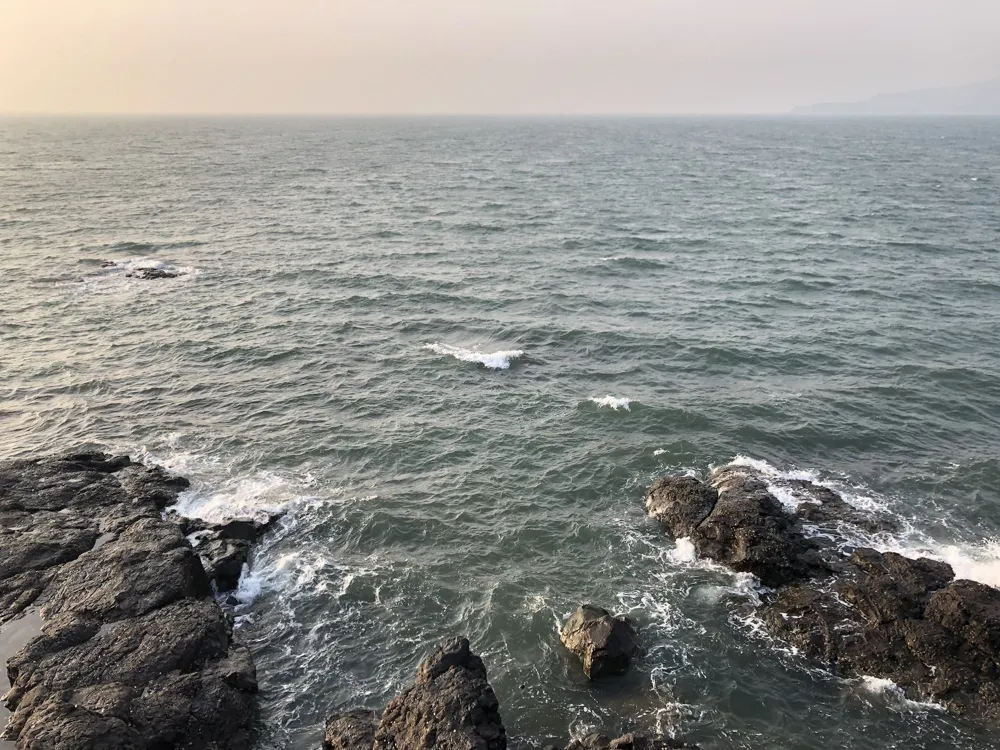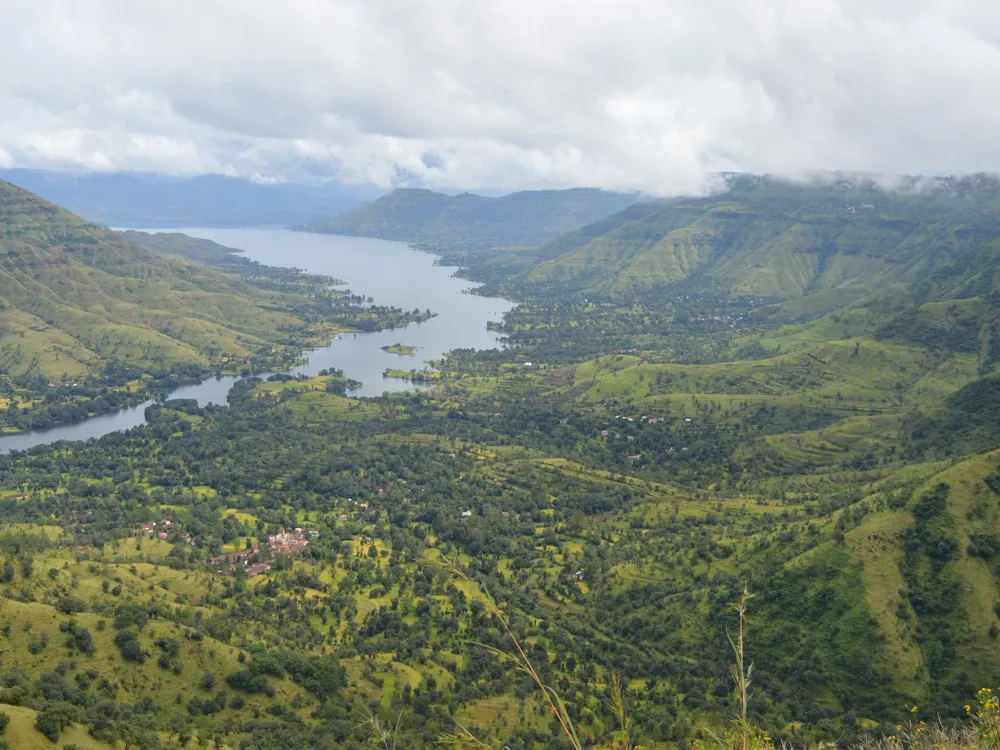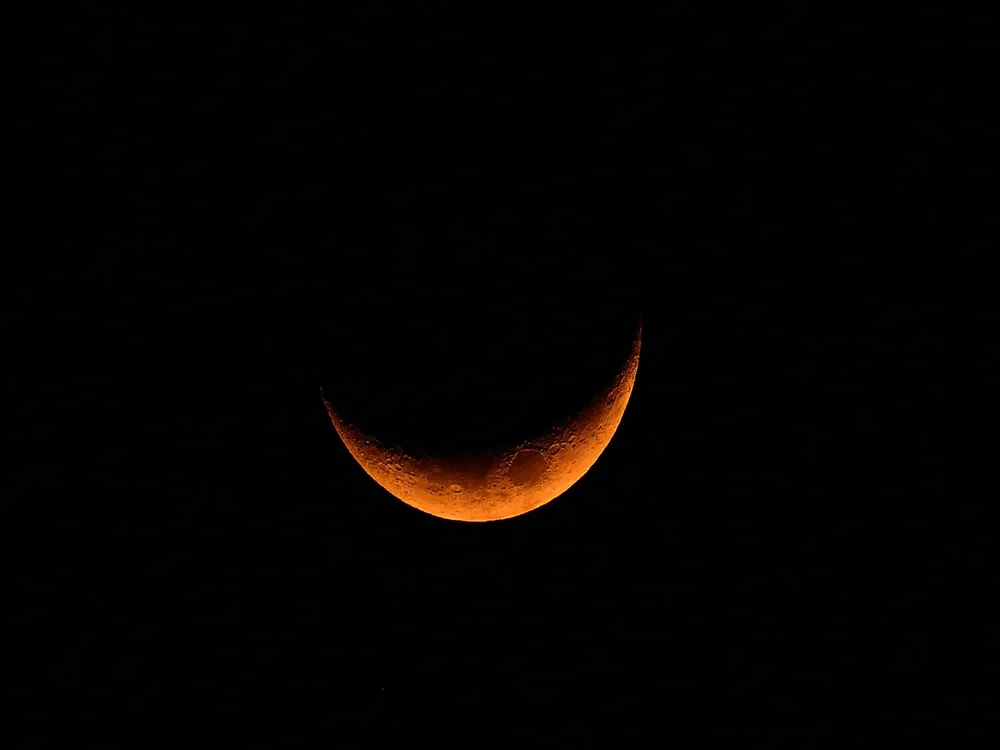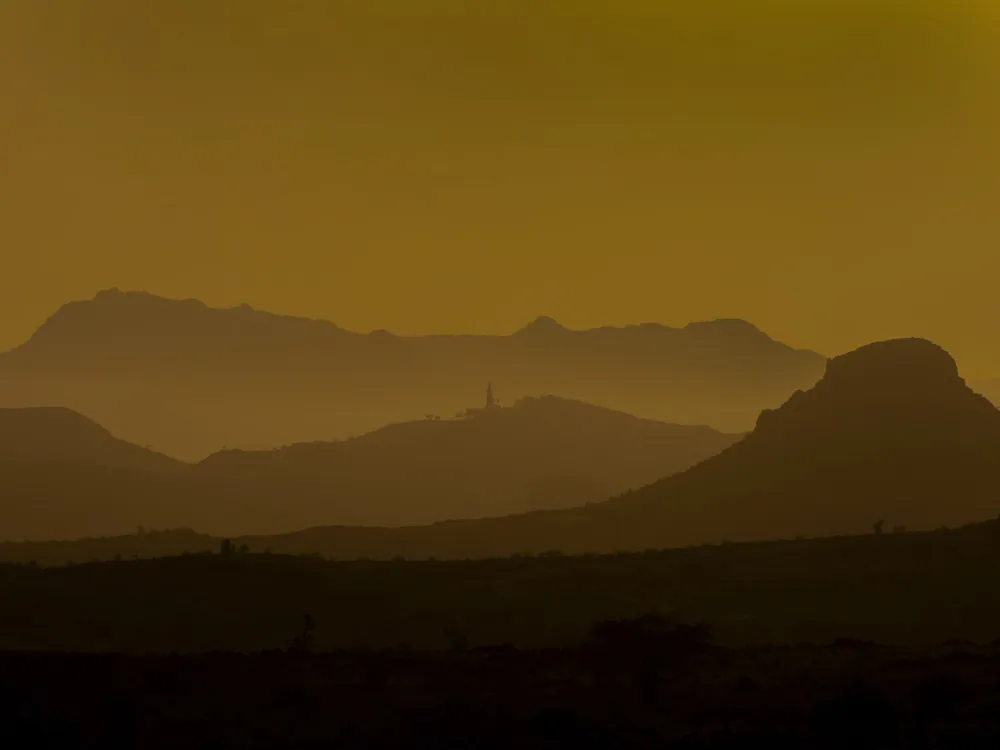Rankala Lake, a picturesque waterbody nestled in the heart of Kolhapur, Maharashtra, is a testament to the region's historical and cultural richness. This ancient lake, believed to have been formed following an earthquake in the 9th century, spans an area that captivates visitors with its serene beauty and tranquil surroundings. The name 'Rankala' is derived from the temple of Rankabhairav, located at its center, and the lake is an integral part of Kolhapur's identity, attracting tourists and locals alike. Historically, Rankala Lake holds a significant place in the Maratha Empire. It was a strategic location and a source of water for the nearby areas. Over the centuries, the lake has witnessed numerous historical events and changes, shaping its current form. Today, it's not just a water reservoir but a hub of recreational activities and a symbol of natural beauty amidst the bustling city life. The lake's perimeter is adorned with Chowpatty (beachfront), offering a variety of street food, boat rides, and a glimpse into the local lifestyle. The ecological importance of Rankala Lake cannot be overstated. It's a haven for migratory birds and local fauna, making it a popular spot for bird watchers and nature enthusiasts. The monsoon season particularly transforms the lake into a lush, verdant spectacle, with the water level rising and the surrounding greenery flourishing. Additionally, the lake plays a crucial role in maintaining the groundwater level and supporting the biodiversity of the region. Furthermore, Rankala Lake is surrounded by several points of interest, including historical temples, gardens, and architectural marvels, making it a comprehensive destination for visitors. The lake's proximity to other tourist attractions in Kolhapur adds to its appeal, providing a holistic experience of the city's heritage, culture, and natural beauty. The architecture surrounding Rankala Lake is a blend of historical significance and aesthetic beauty, representing the rich cultural heritage of Kolhapur. The lake itself, though natural, has been enhanced over the centuries with various structural additions that reflect the architectural styles of different eras. The most prominent among these is the Rankabhairav temple, a fine example of ancient Indian temple architecture, situated at the heart of the lake. The lake's embankment is adorned with a series of ghats (steps leading to the water), which are not only functional but also add to the aesthetic charm of the area. These ghats, built during different periods, display a variety of architectural styles, from the simple and functional to the ornate and elaborate. The Shalini Palace, located on the western bank of the lake, is another architectural marvel. Built in the early 20th century, the palace is a fusion of Indian and European architectural styles, featuring intricate carvings, beautiful gardens, and a stunning view of the lake. The surrounding area of Rankala Lake is dotted with numerous small temples, each unique in its architectural style, reflecting the religious and cultural diversity of the region. The lake also features a well-designed promenade that encircles it, offering a scenic walking path for visitors. This promenade is lined with trees, benches, and lamp posts, creating a picturesque setting, especially during the evenings. In recent years, efforts have been made to preserve and enhance the architectural heritage of Rankala Lake. Restoration projects have focused on maintaining the originality of historical structures while making them more accessible and enjoyable for visitors. The integration of traditional architectural elements with modern amenities has been a key aspect of these restoration efforts, ensuring that the lake remains a cherished landmark for generations to come. The ideal time to visit Rankala Lake is between October and February when the weather is pleasant, and the lake is brimming with water. Monsoon, from June to September, is also a great time to experience the lake's natural beauty, but be prepared for heavy rains. Visitors can enjoy boat rides, horse rides, and a stroll along the promenade. The Chowpatty area offers a variety of street foods and a vibrant atmosphere, especially in the evenings. Respect the local culture and traditions. It's recommended to dress modestly and maintain cleanliness around the lake. Feeding the birds and fish is a common practice, but do it responsibly. While boating, adhere to safety instructions and wear life jackets. Keep an eye on children at all times, especially near the water. Rankala Lake is easily accessible from various parts of Kolhapur and neighboring regions. The nearest airport is Kolhapur Airport, approximately 9 kilometers from the lake. For those traveling by train, Kolhapur Railway Station is around 4 kilometers away. Local transportation, including buses, auto-rickshaws, and taxis, are readily available to reach the lake. For visitors driving from nearby cities like Pune or Goa, well-maintained roads offer a scenic and comfortable journey. Read More:Overview of Rankala Lake, Kolhapur
Architecture of Rankala Lake
Tips When Visiting Rankala Lake
Best Time to Visit
Activities to Enjoy
Local Etiquette
Safety Measures
How To Reach Rankala Lake
Rankala Lake
Kolhapur
Maharashtra Goa
NaN onwards
View kolhapur Packages
Weather :
Label : Must Visit
Tags : Lake
Time Required : 1-2 hrs
Entry Fee : No entry fee
Planning a Trip? Ask Your Question
Kolhapur Travel Packages
View All Packages For Kolhapur
Top Hotel Collections for Kolhapur

Private Pool

Luxury Hotels

5-Star Hotels

Pet Friendly
Top Hotels Near Kolhapur
Other Top Ranking Places In Kolhapur
View All Places To Visit In kolhapur
View kolhapur Packages
Weather :
Label : Must Visit
Tags : Lake
Time Required : 1-2 hrs
Entry Fee : No entry fee
Planning a Trip? Ask Your Question
Kolhapur Travel Packages
View All Packages For Kolhapur
Top Hotel Collections for Kolhapur

Private Pool

Luxury Hotels

5-Star Hotels

Pet Friendly







